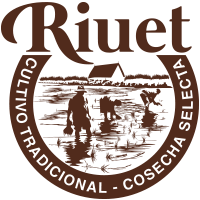Planning to make a Valencian paella without being Valencian is more complicated than it may seem, since the choice of ingredients for the paella is the first step, which is no less important than the art of cooking it. Therefore, today we want to focus on the basic ingredient of this dish: rice.
Which rice to use for paella ? Variety of rice to make a paella
Rice is the main ingredient of any paella and therefore it is important to use a quality rice to cook it. First of all it must be round rice, as it absorbs the flavors of the paella ingredients much better. There are hundreds of varieties of round rice, but we recommend those grown in the Valencian Albufera, in particular:
Round rice
Round rice grown in the ecological environment of the Albufera Natural Park is a great option for cooking all kinds of rice dishes, especially paellas. Its texture, once cooked, is tender and juicy. The regularity of the size of its grains offers a pleasant sensation to the eye and the palate. This rice absorbs a large amount of broth during cooking, but it is easier to cook than Bomba or Albufera rice. It is used in proportions of 2 portions of water for one portion of rice and the cooking time is 15 minutes.
Organic round rice
The organic round rice is grown in the Albufera Natural Park environment, being a very versatile rice, recommended for a great variety of Spanish recipes, especially paellas. Its texture is tender and juicy. It is used in proportions of 2 portions of water for one portion of rice and the cooking time is 15 minutes.
Bomba rice
Bomba rice is considered by experts to have an extraordinary culinary quality thanks to the accordion effect it undergoes during cooking, which allows the rice to absorb a lot of flavor, remaining whole and without sticking to each other. It is the best possible rice for cooking paella. It is used in proportions of 4 portions of water for one portion of rice and the cooking time is 18 minutes.
This rice is almost a monument. It is that friend that never fails and that, if it fails, it is because you have done something wrong. Because it is important for you to know that … bomba rice never overcooks! It has so much absorption capacity that, cooked with broth, it can double its size. However, its grains will remain loose and consistent.
For broth rice, it needs 15 minutes of cooking time. If they are dry, about 18. And it is not only that it does not overcook, but if you let it rest a little longer after cooking, it will still better absorb the flavors of the paella.
Albufera rice
Albufera rice is grown exclusively in the Albufera Natural Park, Valencia. It is a variety of recent appearance (2016), derived from the natural selection of bomba rice, being its conditions very similar to this one. It is used in proportions of 4 portions of water for one of rice and the cooking time is 18 minutes.
It is a hybrid of the Sénia and Bomba varieties, which combines the best of both. That is, it absorbs the aromas and flavors as if it were a Sénia. But it never overdoes it, as if it were a Bomba.
Who can deny the excellence of the Valencian rice cooks, who have dedicated so many years to the research and production of this marvel until they have achieved it?
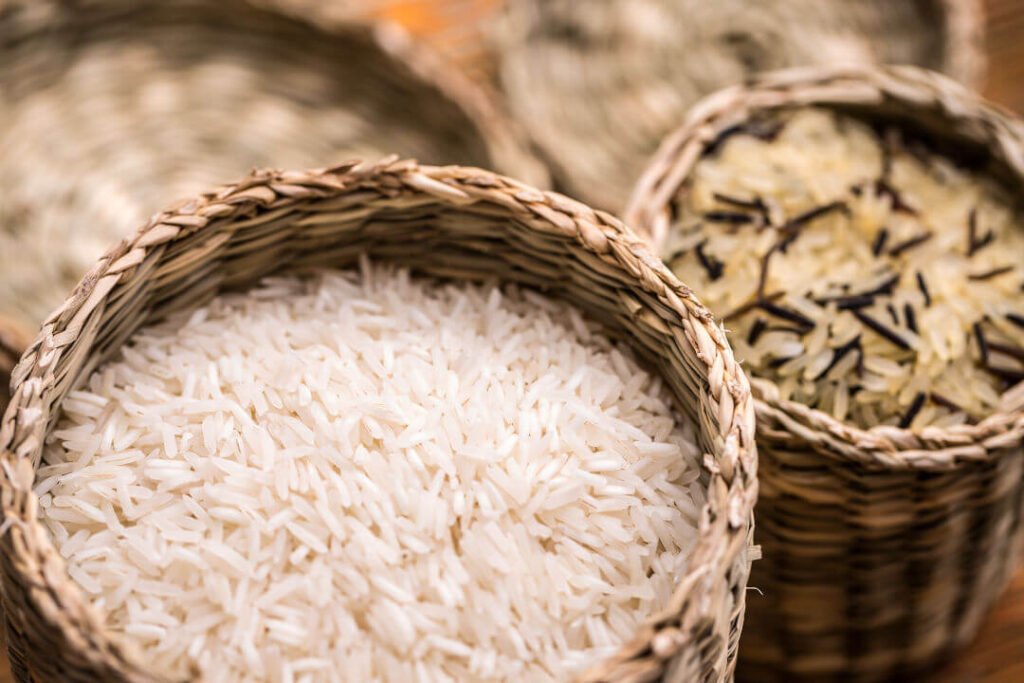
Riuet rice is the best brand of rice which can be found in different varieties. The manufacturers of this rice are specialists in high quality cultivation for many years of tradition.
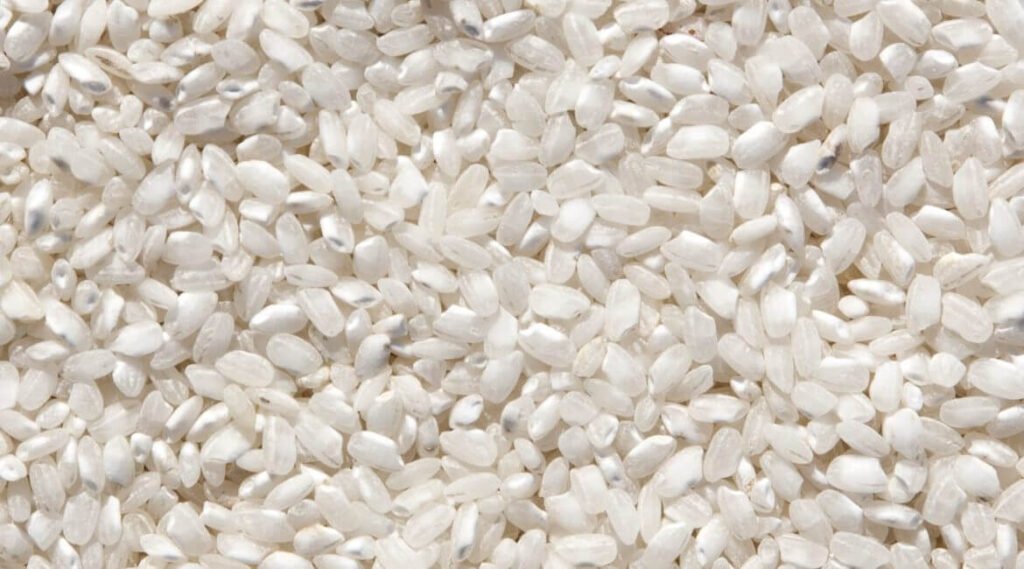
ROUND RICE
Rice of great quality and carefully selected, it is a variety of rice that descends from the ancient Senia and Bahí (varieties famous for their ability to absorb the flavor of the broths in which they are cooked). Essential for Spanish cuisine. Recommended for Spanish dishes, especially paella. Use two proportions of water for one of rice. Approximate cooking time: 17 minutes.
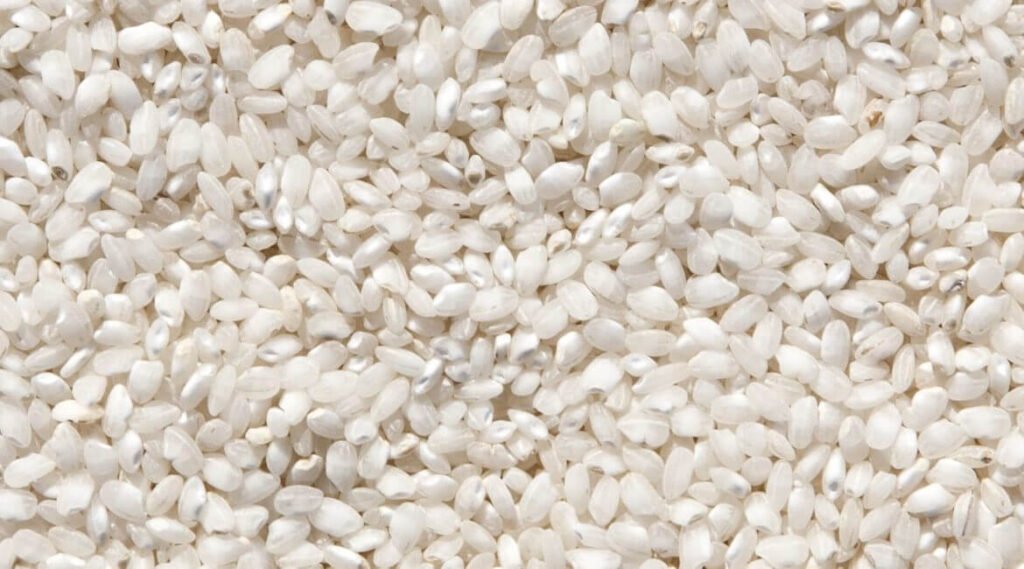
RICE BOMB
The king of Spanish rice dishes. The grain of it is round and pearly. Experts consider it to be of extraordinary quality because it remains whole and loose even after prolonged cooking. When cooked it increases a lot in size and absorbs a lot of flavor. Recommended for Spanish dishes, especially paella. Use four proportions of water for one of rice. Approximate cooking time: 18 minutes.
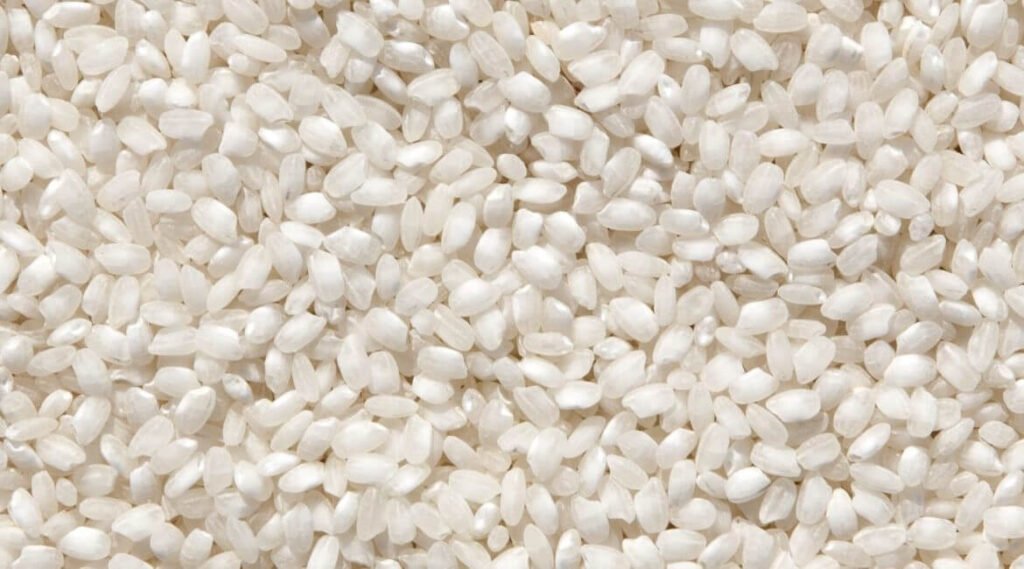
RICE ALBUFERA
It is born from a natural selection of the Bomba, Sénia and Bahía varieties. Round and pearly grain, it greatly absorbs the flavor of the broth in which it is cooked. Very resistant to overcooking. It is grown entirely in the Albufera de Valencia Natural Park. Recommended for Spanish dishes, especially paella. Use four proportions of water for one of rice. Approximate cooking time: 18 minutes
Other paella rice alternatives
J. Sendra rice
It is one of the most famous among the paelleros, and it is a deserved fame because no other rice like this one has the capacity to absorb the flavor of the bajoquetes, garrofons and other essential ingredients of the Valencian paella. It only takes about 16 minutes of cooking.
It is important to know that this is a variety that needs cooks with experience and skill, if the cooking and serving time is not well controlled, it has a tendency to caking.
Bahia rice
It is very similar to Sendra. Good absorption of flavors and aromas (thanks to its high content of amylopectin as is the case of J. Sendra and Sénia, which acts as an enhancer) and risky as far as overcooking and caking is concerned (because of its low amylose content, as in the other two rices).
It needs about 20 minutes of cooking.
Sénia rice
It has similar characteristics to J. Sendra and Bahía, but it is not a bad rice by any means. Perhaps it is not as appreciated as those two because its degree of absorption of flavors and aromas is a little lower.
It needs about 18 minutes of cooking.
After giving you all the information about rice to make paella, we can recommend the best rice there is for its quality and variety. We are talking about Riuet rice, we have it on the web so you can get it and we also give you information about this rice here.

